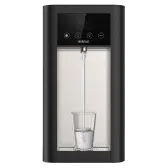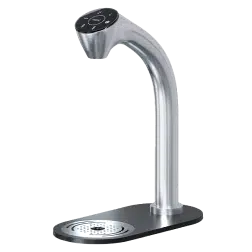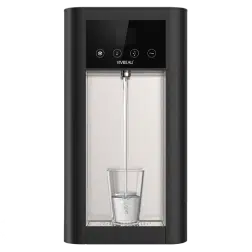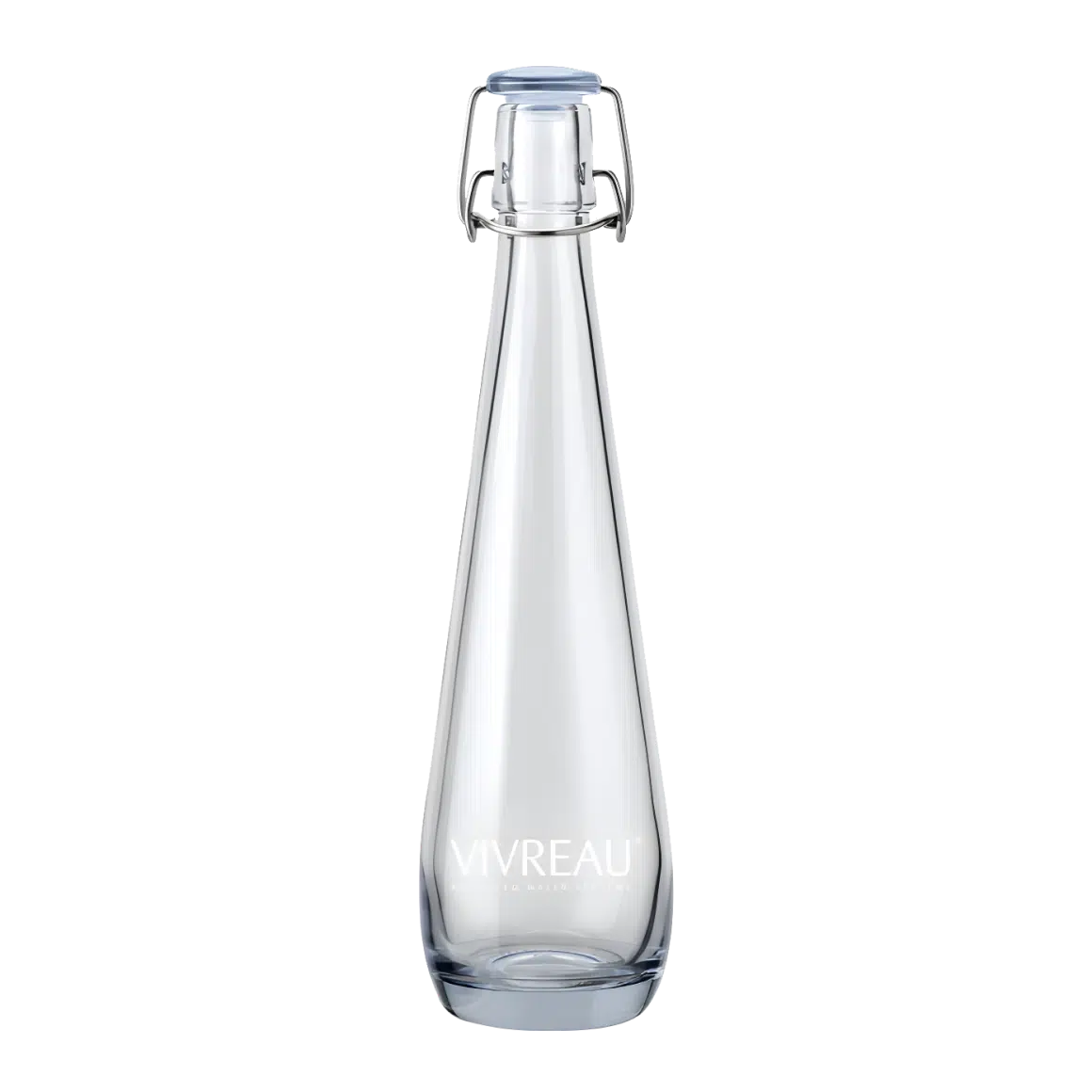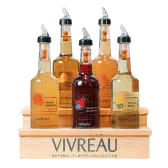Water has always been essential. Now it is becoming intentional.
For decades, water has been treated as a simple necessity. It’s poured without thought, refilled without mention, and rarely acknowledged as part of the dining experience. That perspective is beginning to change.
Chefs and sommeliers are beginning to treat water with the same attention given to wine, and considering its flavor, structure, and how it shapes a meal. As The Wall Street Journal recently noted, curated water selections are emerging in hospitality as part of a more thoughtful guest experience.
Why Does Water Have Flavor?
Water may appear neutral, but its taste is shaped long before it reaches the table. As it travels through layers of earth, it absorbs naturally occurring minerals from the surrounding geology
These minerals influence flavor and mouthfeel such as:
- Calcium contributes softness or richness
- Magnesium introduces delicate bitterness
- Sodium imparts subtle salinity or saltiness
This mineral presence is often described using Total Dissolved Solids (TDS), a measure of how many minerals are naturally present in the water. Just as wine expresses terroir, water reflects the geology of its source.
Local Water Can Be a Flavor Experience Too
Delicious water doesn’t only come from remote springs or mountain glaciers. Regional tap water also carries a distinct mineral signature based on the geological landscape it passes through.
However, municipal water is treated with chlorine or chloramine to ensure safety, which can affect both its taste and aroma. Fortunately, with the right water filtration system, it’s possible to remove unwanted contaminants and off-notes from tap water while preserving beneficial minerals that shape its flavor.
This means great-tasting water doesn’t have to be imported from far off destinations. When thoughtfully filtered, local water can be one of the most sustainable and enjoyable options available.
Water Shapes the Dining Experience
Water does not exist separately from food and wine—it interacts with them. It can influence how flavor is perceived, both positively and negatively. Residual chlorine in untreated tap water, for example, can introduce a chemical taste and aroma that interferes with both cuisine and wine.
- Still water with low mineral content pairs well with subtle ingredients such as raw fish, fresh greens, and lightly seasoned dishes because it supports clarity of flavor and does not overpower delicate notes.
- Water with higher mineral content has more structure and can complement richer foods, including aged cheese, roasted vegetables, and braised meats. Its mineral presence can add balance and contrast in dishes with depth and intensity.
- Sparkling water plays a different role at the table. Natural effervescence gently cleanses the palate and refreshes the senses between bites.
A thoughtful water offering can enhance the full dining experience.
The Emergence of Water Tasting
Around the world, some restaurants now offer water flights, allowing guests to compare waters by origin, minerality, and mouthfeel.
Different sources offer strikingly different profiles:
-
New Zealand artesian water – naturally filtered by volcanic rock, smooth on the palate
-
European alpine water – shaped by glacial movement, mineral-balanced
-
Nordic low-mineral water – crisp and delicate, with minimal TDS
-
Iceberg water from Newfoundland – exceptionally light, sourced from ancient glacial ice
What was once overlooked is now being explored with curiosity.
A New Standard for Hospitality
Water has always been essential. Now it is becoming intentional. Across hospitality, there is growing recognition that water has provenance, structure, and taste. These are qualities worth serving with care. Whether sourced locally and filtered at the point of use or selected from international origins, water is earning its place as part of a meaningful guest experience.
Thoughtfully presented water is not a luxury. It is simply good hospitality.
Explore how water can elevate taste, create connection, and reflect your values in service.
Lastest Posts



